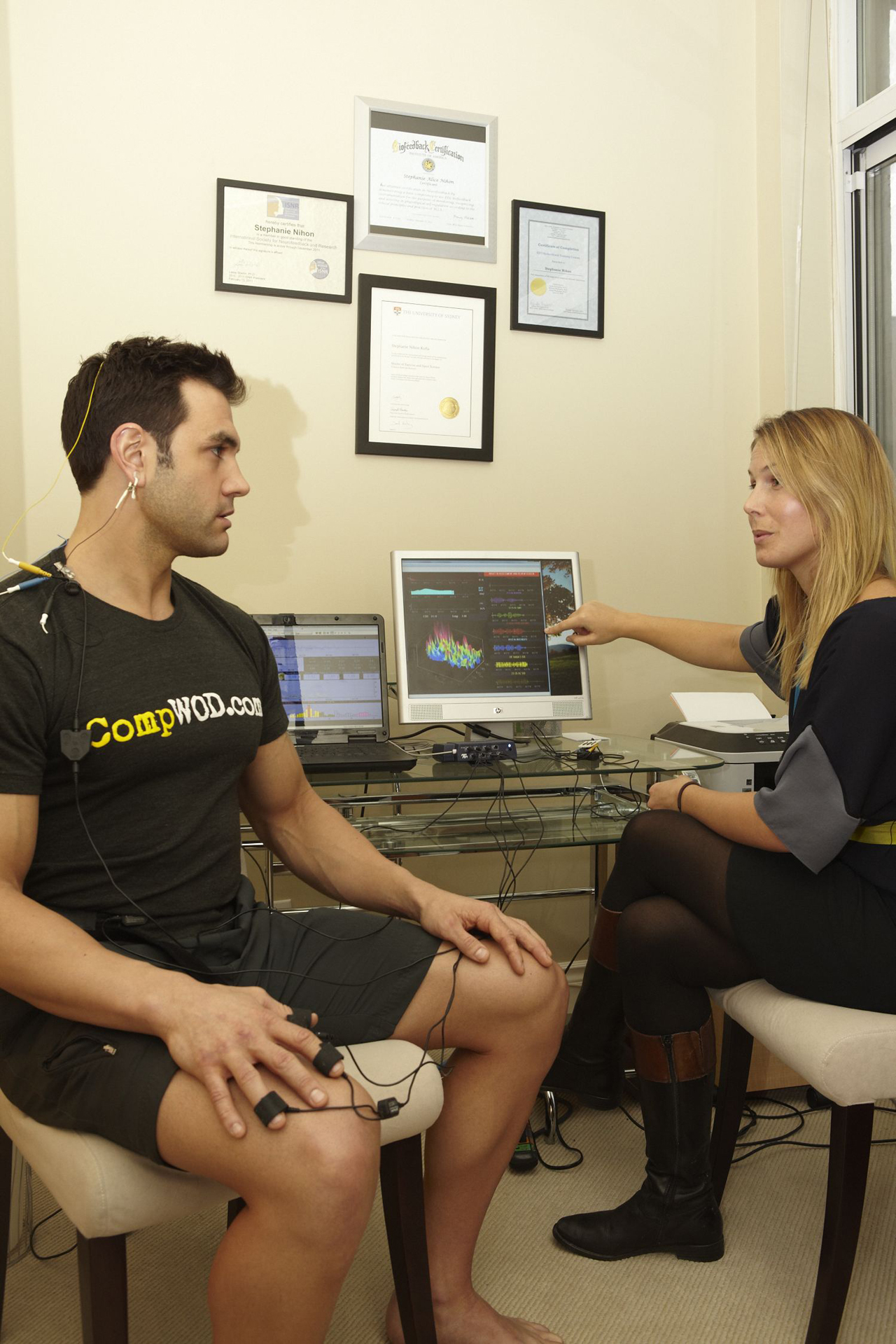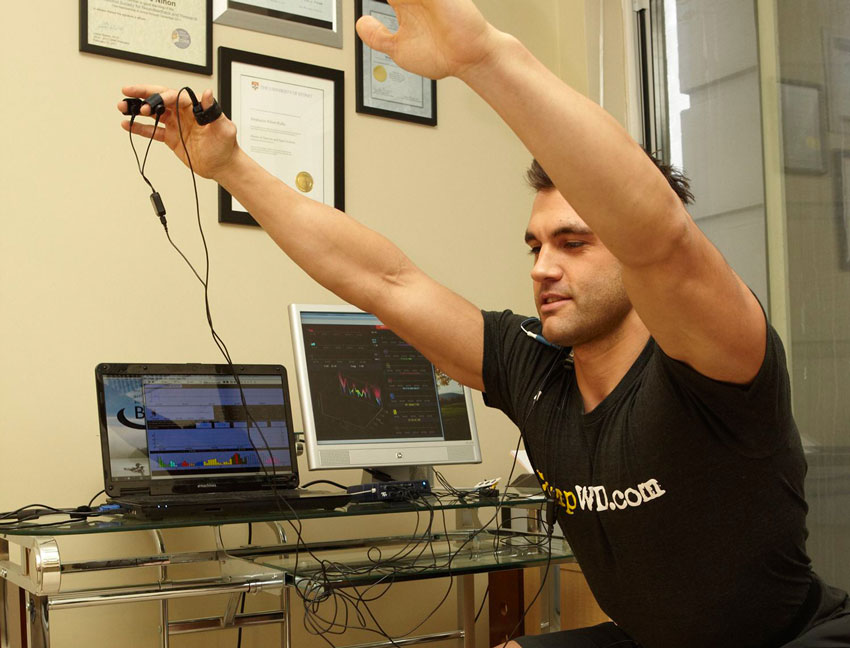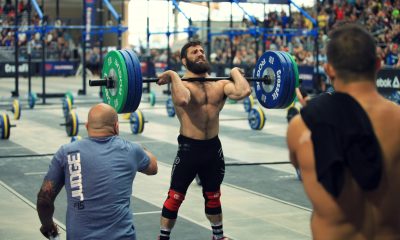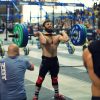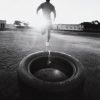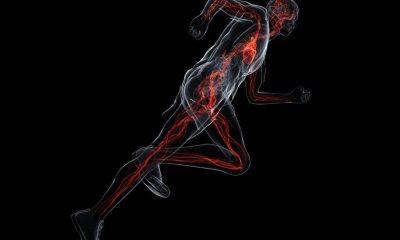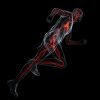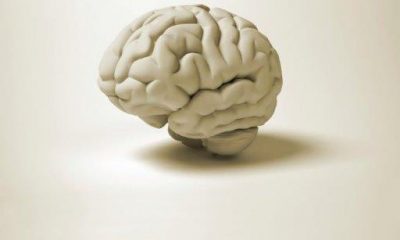Performance
Don’t blow your WOD. Neurotherapy helps you stay sport focused
Why do some athletes thrive while others fail when the stakes are high and they have both put in the same amount of hours of hard work and dedication? In a sport like cross fit does completing your 7th set of tabata squats just come down to hours spent at the gym? Athletes spend many hours a week on their physical game preparing for one event but what if an athlete did not know what event they’d be partaking in. That can cause the mind to go internal and play out the “what ifs” scenarios or worse cause excessive adrenalin in the body before the physical activity even begins, decreasing power range of motion and increased energy consumption. As we know, these sporting events can change an entire life or a career trajectory. So if we know now that the mind and body are connected, shouldn’t we work just as hard at controlling and practicing our thoughts? A Crossfit athlete would not go into a competition without practicing snatches, cleans, muscle ups, rope climbs or kipping pull-ups and the same concept should apply to an athletes mind.
All of us have heard about “choking under pressure.” My job as a Neurotherapist is to allow athletes to have control over their physical, emotional and mental state and reduce this effect. Every physiological change is accompanied by a parallel emotional and mental change. For example, an elevated heart rate can be an indicator of stress, which has been associated with racing thoughts and the inability to make decisions. The human mind has 60, 000 thoughts a day and when the burn sets in, unfortunately, it can be difficult not to notice that you’ve fallen behind or that you’ve still got a shot put event next. Thus biofeedback and neurofeedback can be a powerful tool. The practice increases an athlete’s awareness and control over the body and the mind.
Before a season begins, athletes usually go through testing and training. Maybe they undergo a beep test, a Vo2 max test, medical testing or making the mile in less than 7 minutes. The same concept is applied here at Sport Focus. A typical athlete will come into my office for different types of testing. Essentially, they fill out personality tests, endure a stress assessment and develop game plans. Then the fun part starts. We start training and investigating the complex behaviors of the mind using equipment that measures brainwave activity and physiology. The Electroencephalogram (EEG) is very accurate at showing the electrical activity in the brain millisecond by millisecond. We have different brain waves associated with different mental states so if your brain is busy the frequency on the computer will be faster and if you are daydreaming the frequency will be slower. We’ve all experienced those racing thought before an important hole, serve, or event. However, most people have not had the training to control their thoughts. Recent science has observed that busy-brain (high frequency brain power) can be associated with increased muscle tension. It’s no wonder that when athletes have tight muscles their brain perceives their situation as a “fight or flight” scenario. Their brain then follows by being busier in order to find a plan of action. I know relaxing your muscles to decrease your over-active brain seems intuitive, however, most athletes are so amped up they cannot sense their own tension or they deem there ruminating/overanalyzing thoughts to be just “nerves” or even worse “this always happens.” Athletes now have the opportunity to monitor their tension and their brain waves until they can control their mental game just as easily as their physical.
Being able to self-regulate is sometimes half the battle. Having the ability to monitor your focus, daydreaming, problem solving could be a new era of sport science. In a sport like Crossfit having that mental edge can be the difference between 1st and 2nd place.
